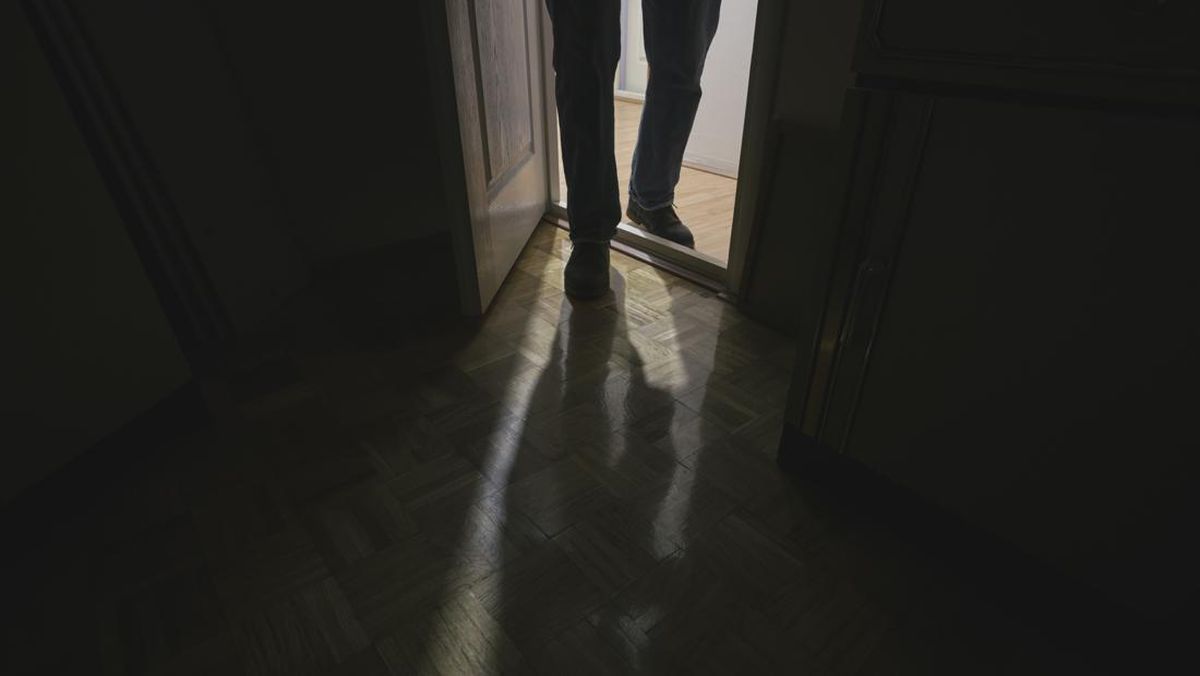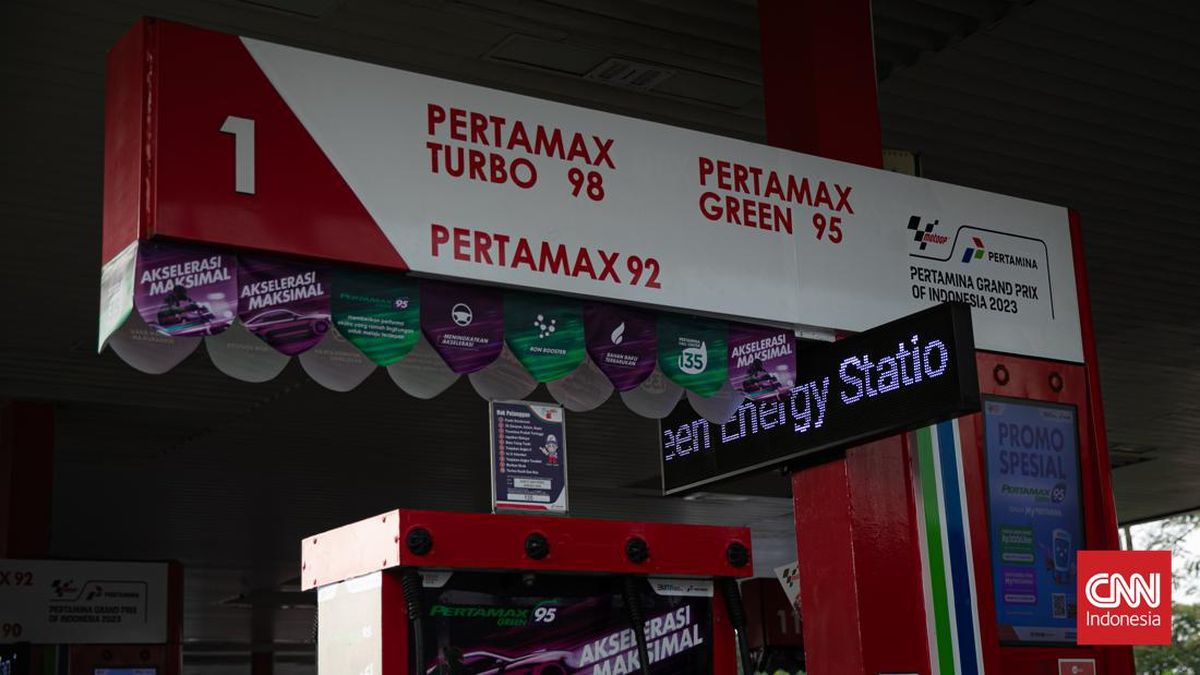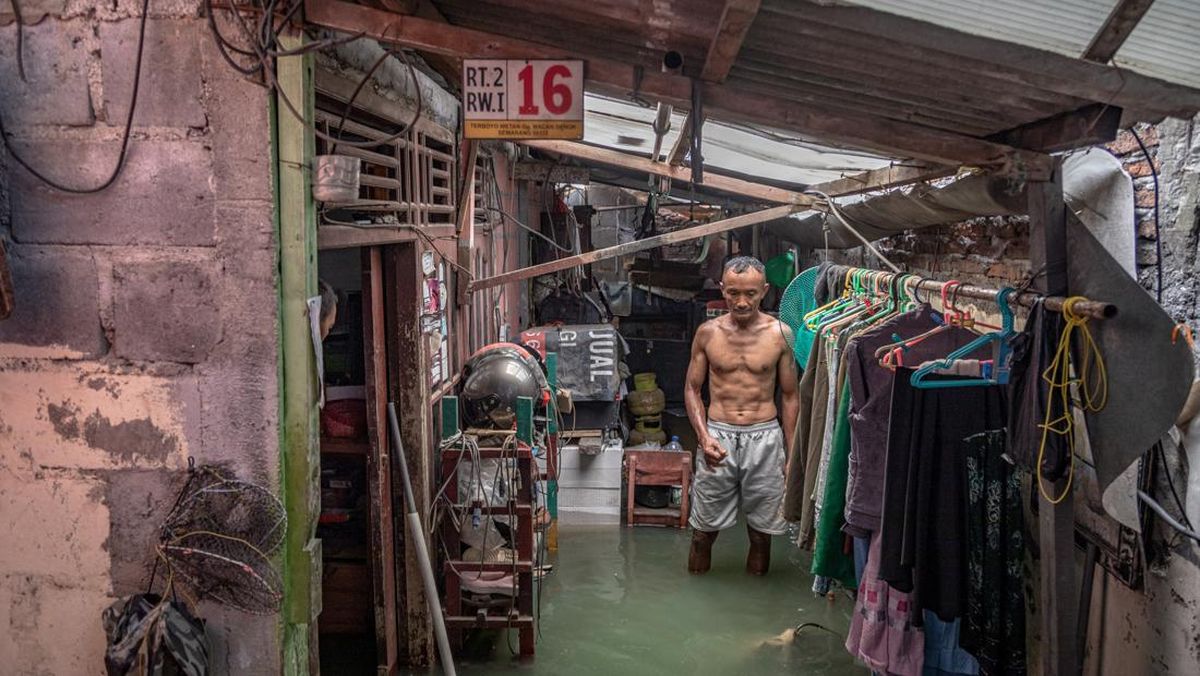The move into aged care sparks a flurry of financial decisions – none more emotionally charged than what to do with the family home. To preserve their investments (after all, that’s what provides their income) many people sell the home to pay for aged care.
It makes sense, swapping one accommodation for another, until you factor in the negative impact it can have on your pension and aged care costs.

How you choose to pay for aged care matters. The wrong decisions can come at a high price, financially and emotionally
Your home has special treatment for both pension and aged care means tests. When it comes to your pension, your home is an exempt asset for two years after you move into aged care. Any Refundable Accommodation Deposit (RAD) you pay is also exempt.
So, if you keep your home and pay your RAD from your investments, you can get an exemption on both the value of your home and the RAD – potentially boosting your pension or enabling you to qualify when you didn’t qualify before.
Under the aged care means test, your home is only assessed up to a capped value of $206,663. That means if your home is worth $1 million, nearly $800,000 of it is effectively exempt from aged care fee calculations. Finally, while the RAD is an assessable asset for aged care, it is not deemed to earn income like the investments are, so it counts as an asset but not as income.
Loading
Sally has a house worth $1 million, $650,000 of investments and receives an age pension of $4250 a year. The aged care home has a Refundable Accommodation Deposit (RAD) of $500,000.
If Sally keeps her home and pays the RAD from her investments, both the home (for two years) and the RAD are exempt from the pension assets test. As a result, her pension increases to $29,874 per year – a jump of more than $25,000. Her means-tested care fee will be just over $10,000 per year until she reaches the lifetime cap, which would take about eight years.
After the two-year home exemption ends, the property will be counted for the pension, and her pension will be lost, but only the capped value of $206,663 will continue to apply to her aged care fees.
Keeping the home isn’t free – there are rates, insurance, maintenance and the risk of capital loss or potential gain. But it can also give Sally options and peace of mind. She could access equity through the Home Equity Access Scheme (HEAS) or a reverse mortgage, giving her more flexibility down the track.
Loading
If she sells her home to pay her RAD she will have $1.15 million of investments, which at 5 per cent earnings per year will provide her $57,500 of annual income. She will receive $0 pension and her means-tested care fee will be just over $26,000 a year until she reaches the lifetime cap in about three years.
Keeping the home and using investments to pay her RAD would see Sally’s pension go up (at least initially), her cost of care go down, and her cash flow improve. It’s one of the rare instances where reducing your investments can increase your cash flow.
Everyone’s situation is different, but the point is that how you choose to pay for aged care matters. The wrong decisions can come at a high price, financially and emotionally, so it’s a good idea to seek specialist advice.
Rachel Lane is the author of Downsizing Made Simple, a book and website aimed at demystifying downsizing.
- Advice given in this article is general in nature and not intended to influence readers’ decisions about investing or financial products. They should always seek their own professional advice that takes into account their own personal circumstances before making any financial decisions.
Expert tips on how to save, invest and make the most of your money delivered to your inbox every Sunday. Sign up for our Real Money newsletter.
Most Viewed in Money
Loading


















































